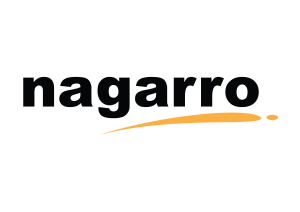Building a Slack App That Integrates with Salesforce: Part 2 – Bolt

Building a Slack app that integrates with Salesforce involves some challenges, such as knowing the right integration capability to use on each case, picking the right authorization flow, and implementing it securely. This is the second blog post of a series in which we cover the whole process of creating a Slack app that integrates with Salesforce from scratch. Learn along with us while we build Ready to Fly, our new sample app for submitting and approving travel requests in Salesforce without leaving Slack.
Inside a React Native Mobile App with Salesforce Data

In order for the Eureka Retail app to interact with Salesforce CRM data (again, the Eureka Customers custom object), I used Heroku Connect, which is an amazing add-on that easily synchronizes data between a Salesforce org and a Heroku Postgres database. As you can see in the screenshot below, I was able to easily create a mapping of the fields and records of the Eureka Customers object to a table in Postgres with just a few clicks! The first screenshot shows the mapping of the fields.
We Broke Deploy/Retrieve Hooks

Let’s take a look at how hooks used to work. Before our recent changes, deploy and retrieve hooks provided a way to intercept metadata (code, configuration, etc) that was going from your local machine to a Salesforce org (or vice versa) and made changes to the deployment/retrieve operation.
For instance, one real-world hook we found replaced placeholders in local source with secrets. To understand how that worked, let’s consider the use case of a Salesforce Connect external data source. Let’s say that you want to deploy and run tests with an external data source, but you don’t want to store a password field in source control.

I am 12x Salesforce certified | Leader of New Delhi Salesforce Developer Group | Speaker | Blogger|




